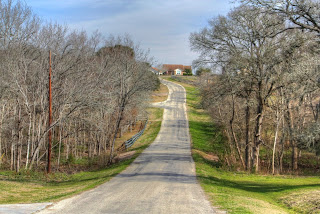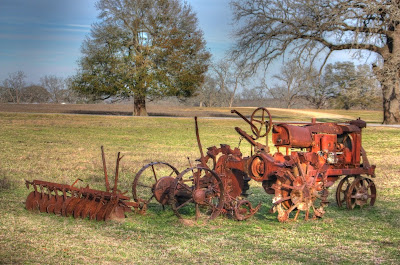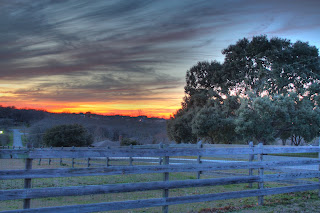In a previous post, I mentioned that for a country its size, Romania has an amazingly varied geology. A geologic map, courtesy of the Romanian Geological Institute website shows this complexity.
And for the third installment of the geology and wine, here it is, side by side, a geological map and a map of the wine regions of Romania, (the later from the Romanian wine website).
I will talk in more detail, in a future post, about the geology of Romania and what the bright colors on the map mean, but for now, it is worth observing the relationship between the two maps. The Carpathian mountains certainly stand out on the geologic map and they influence the wine regions in many ways. I already talked about how geology (and the resulting topography) influences present-day climate, and more specifically how the Foehn-type wind influence the wine making in the Cotnari region. Geology also has a lot to do with the other elements of terroir, such as soil type and topography. So when you have the next sip of your favorite wine, try to imagine the tumultuous geologic history that permeates every drop and gives in its "earthy minerality" (yes, that is a common sensory descriptor used in wine tasting).
Saturday, January 30, 2010
Tuesday, January 12, 2010
Mystery trace fossils
During my field research years ago in the Paleogene of the Southern Carpathians (Romania), I found these interesting trace fossils. They are cylindrical, perpendicular to bedding, and always occur in pairs, suggesting they are U-shaped. The hosting formation is Eocene in age, consists of silty mudstone deposited in a distal shelf environment and is bounded at the top by a sequence boundary, which occurs immediately above this burrowed interval.
 |
| © RomaniaRocks |
 |
| © RomaniaRocks |
My interpretation at the time was that the intensely burrowed interval suggests slow rates of sedimentation, which allowed organisms sufficient time for bioturbation. Abrupt changes in habitat conditions (e.g. increased sediment content in the water column caused by landward subaerial exposure and erosion) destroyed the animal population. The abandoned burrows were subsequently filled with sediment (e.g. fine sand and silt) during a time when sediment bypass occurred.
I was never able to clearly identify these trace fossils. The closest I came to it was "Lanicoidichna", but I do not think this is correct. A colleague suggested that this may be related to the jackknife clam Tagelus (see pictures here and here).
If you recognize these and can name the type of borrow, please let me know; it would be nice to be able to finally find an answer.
Labels:
trace fossils
Sunday, January 3, 2010
Rural and small town Texas
Yesterday we spent the day on our six-acre property west of Houston, near Brenham. It was a beautiful January day, sunny and crisp, the type of weather I wish Texas would have more of.
We purchased the property a couple of years ago, to be our way to escape the life of the big city. It is about half-way between Houston and the hill country, at the point where the topography is just escaping the flatness of Houston and starts to roll a little. At the time we bought it, the property was badly overgrazed (previous owner kept miniature horses) and we vowed to bring its beauty back as soon as possible. After two years, we made good to that promise. Yesterday we planted a few more bushes and trees, a New Year tradition which we try to keep.
The geology of the area is fairly "uneventful"; our property sits on the Miocene Fleming Formation, which consists primarily of clay, with rare stringers of sandstone. The predominance of clay makes the soil fairly awful for planting. These rocks allegedly contain Cretaceous invertebrate fossils, but we did not find any yet, nor did we make a concerted effort in that direction.
The Bluebonnets are gorgeous here in early spring, I promise to share a post with nice images at peak season this year.
Below are a few other images from the area.
 |
| © RomaniaRocks |
The geology of the area is fairly "uneventful"; our property sits on the Miocene Fleming Formation, which consists primarily of clay, with rare stringers of sandstone. The predominance of clay makes the soil fairly awful for planting. These rocks allegedly contain Cretaceous invertebrate fossils, but we did not find any yet, nor did we make a concerted effort in that direction.
The Bluebonnets are gorgeous here in early spring, I promise to share a post with nice images at peak season this year.
Below are a few other images from the area.
 |
| © RomaniaRocks |
 |
| © RomaniaRocks |
 |
| © RomaniaRocks |
Friday, January 1, 2010
A New Year family tradition
We do not have too many traditions in my family. We are pretty unconventional and non-traditional (I will spare you the boring details). We do have one New Year tradition, however, we always watch the New Year's Concert from Vienna. I started watching the concert in the 80's; as a teenager living in Romania, the event gave me a sense of connection to the free world. The "Blue Danube Waltz", one of the signature pieces of music performed every year at the concert, offered me the certainty that the world is connected, even when stupid political barriers are imposed on people. After all, the Danube flows through Vienna and makes its way all the way to Romania, ending its course in the Black Sea.
I brought the tradition with me to the US, my adopted country. Now, when I am part of the free world, the concert offers me a different sense of connection: the connection to the free-spirited world of my youth and young adulthood, full of idealism, where everything and anything was possible.
This year again, I enjoyed a glass of Champagne listening to the music of the Strauss family and feeling connected the the past, present and the future.
A happy and prosperous New Year to everyone.
Subscribe to:
Posts (Atom)

